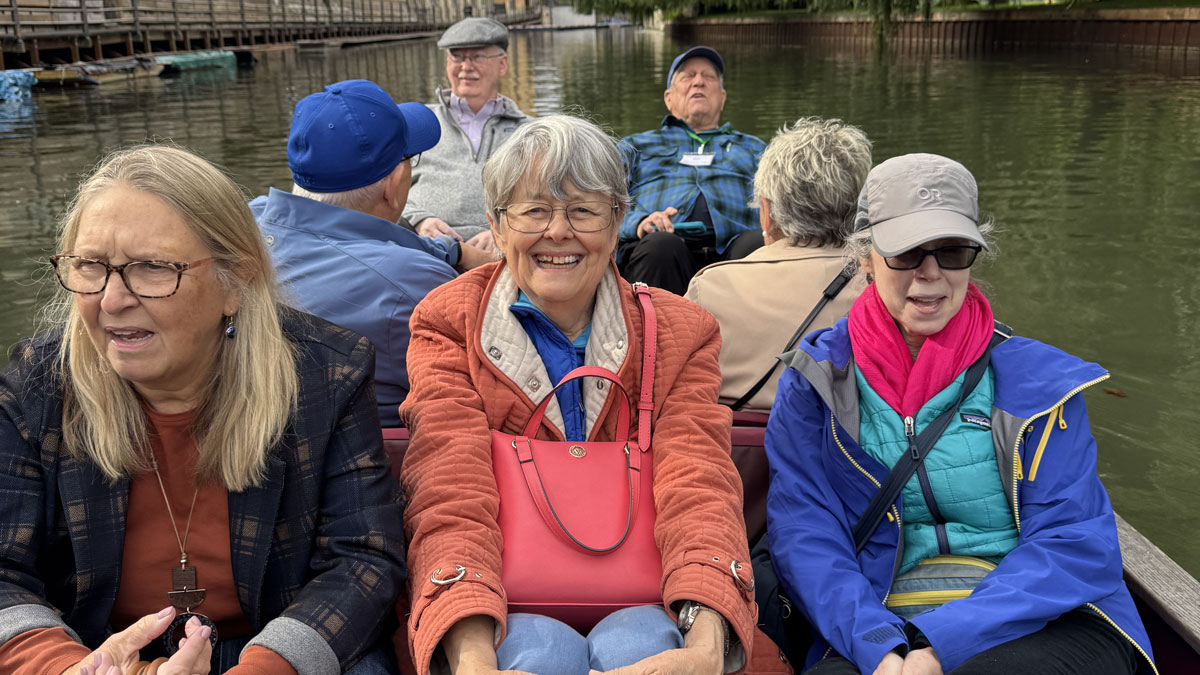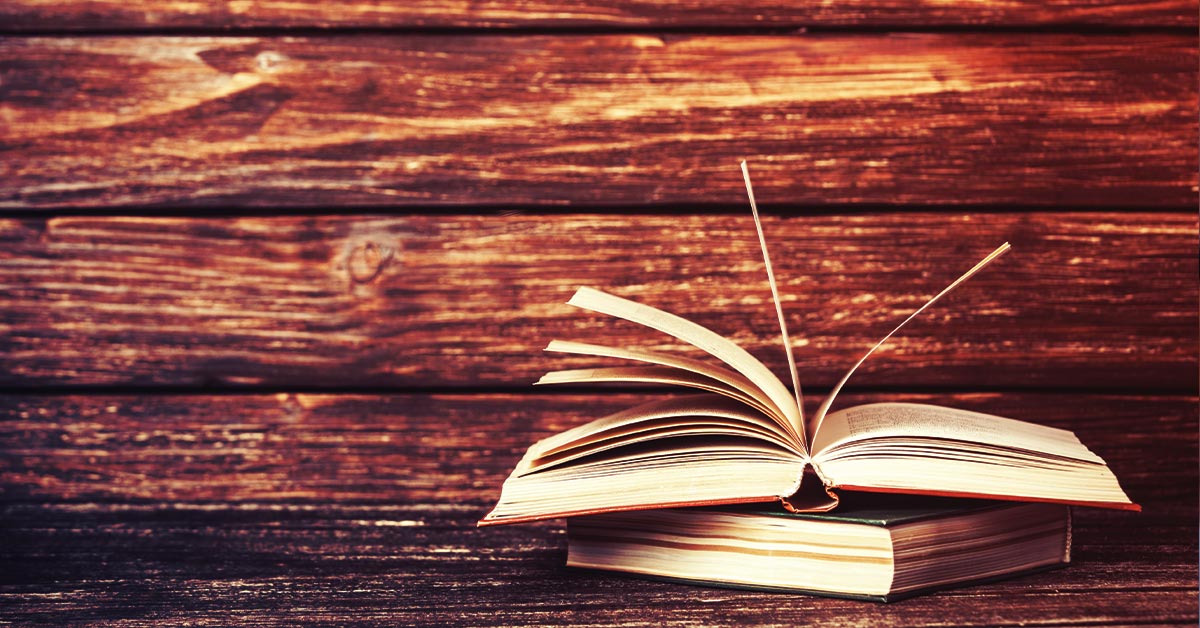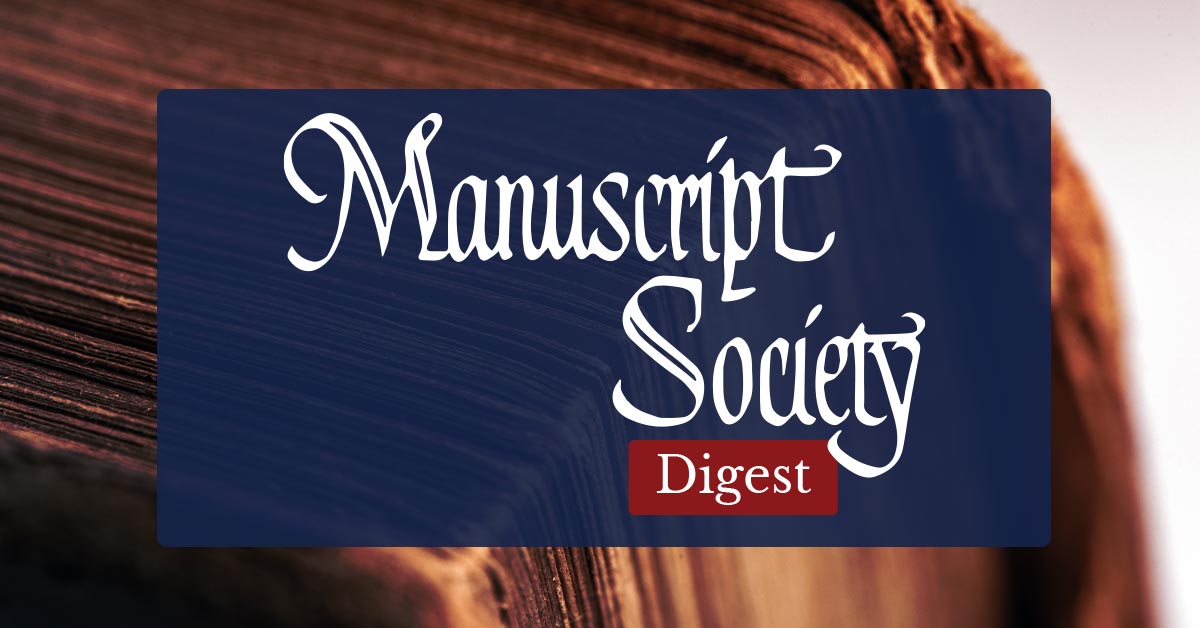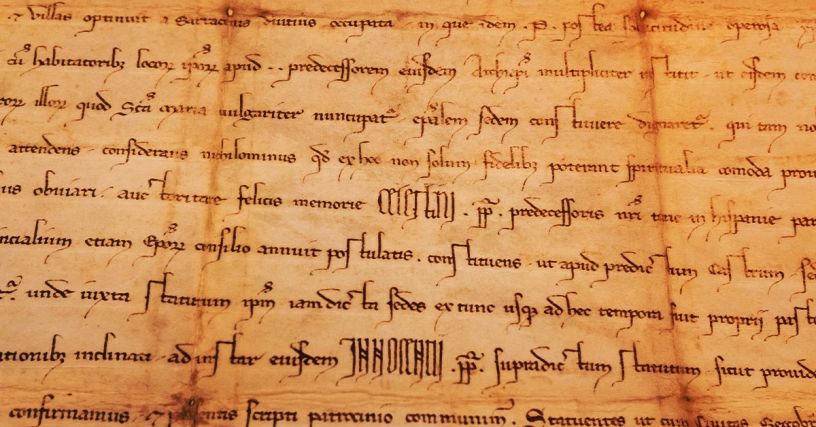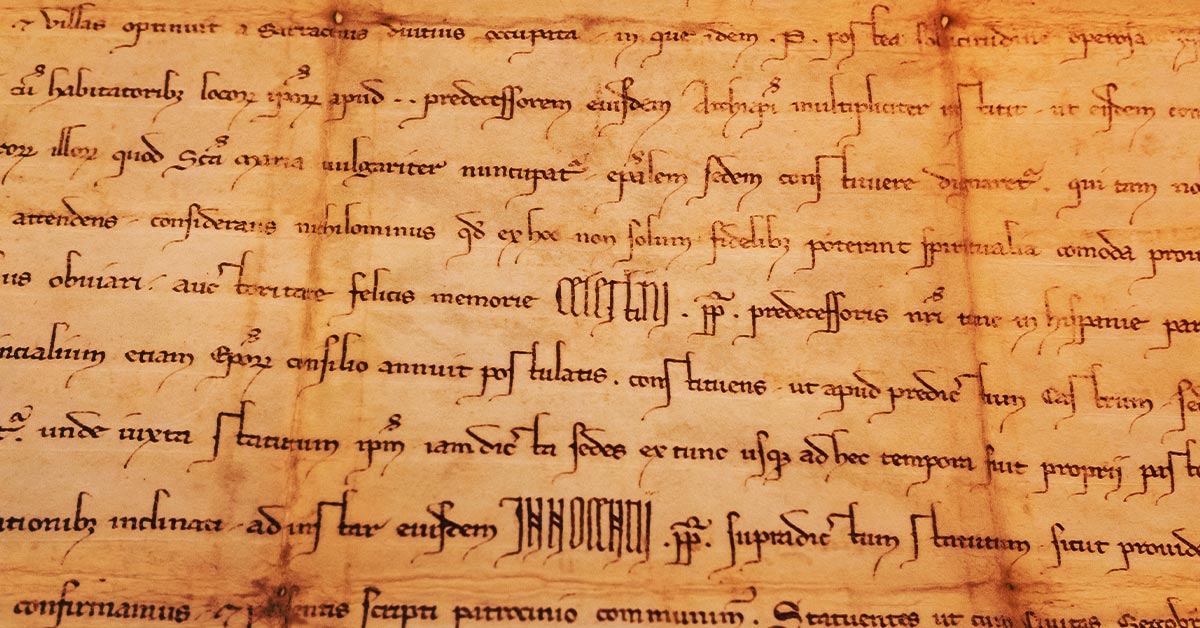We are losing veterans at an alarming pace. Letters, both written and recorded, exchanged between husband and wife, parent and child highlight the experiences of each as war rages in the world. World War I, World War II, Korean War, Vietnam, and Iraq – the following generation does not appreciate the history found in these exchanges. It is just stuff found in the attic. One historian is working to preserve a history often forgotten.
It began with a fire in 1989. Historian Andrew Carroll’s Washington DC home was destroyed. No one was hurt but the family memories: photographs, letters, mementos were all gone. A conversation and letter forwarded by his cousin, James Carroll Jordan, began the race. The letter was one Jordan himself had written as a pilot in World War II, dated April 21, 1945, three weeks before Nazi Germany’s surrender to the Allied forces.
For Carroll, his cousin’s letter was the start of a three-decade quest to collect these memoirs. He began by asking everyone he knew to send him letters. Many did. By 2013, he had an estimated 100,000 letters from different wars. It was the largest nongovernmental collection of war correspondence in the country. “They are the personal stories of war, intimate descriptions of the battlefield and the home front that often get overlooked by history books focused on troop movements and casualty counts.”
Today, the bulk of the archive is located at the Leatherby Libraries at Chapman University, where Carroll serves as the director of the Center for American War Letters. The school has dedicated storage and exhibit space to the project. They also provide the resources to process the collections. For the complete article in Smithsonian Click Here
Thanks to Manuscript Society Member Edward Bomsey for this article.

